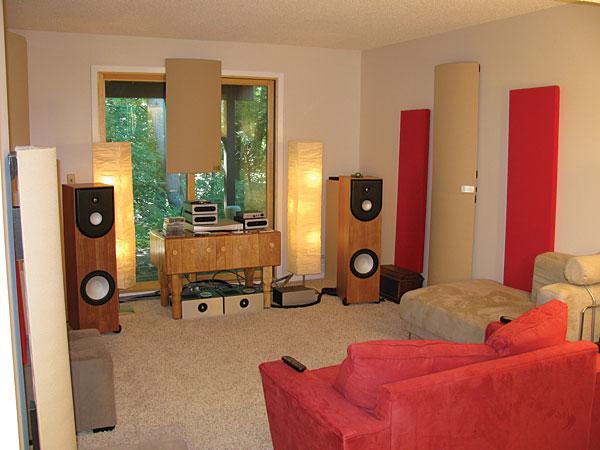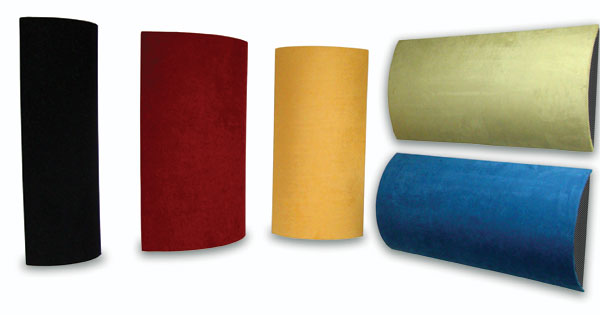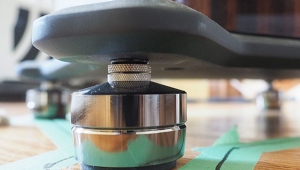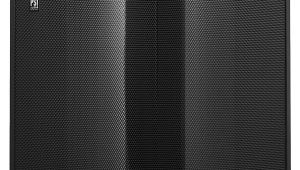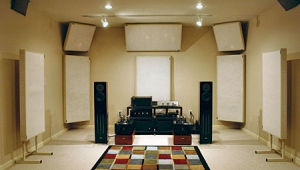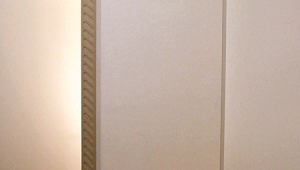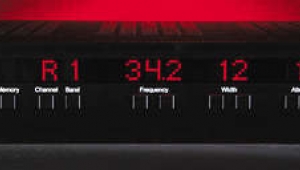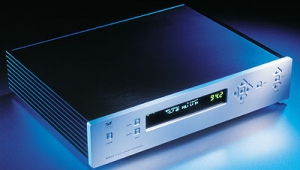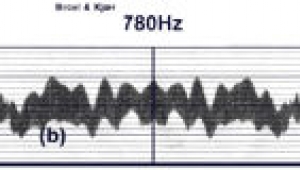| Columns Retired Columns & Blogs |
I've come to the conclusion that listening rooms sound only as good as the memories created in them.
For those of us that have yet to include room treatments, either commercial or hand-made, your review shows how it can be done in a controlled, sane manner.
But I wonder about those two IKEA floor lights. You're not concerned about those loose panels flapping around from low frequencies?
